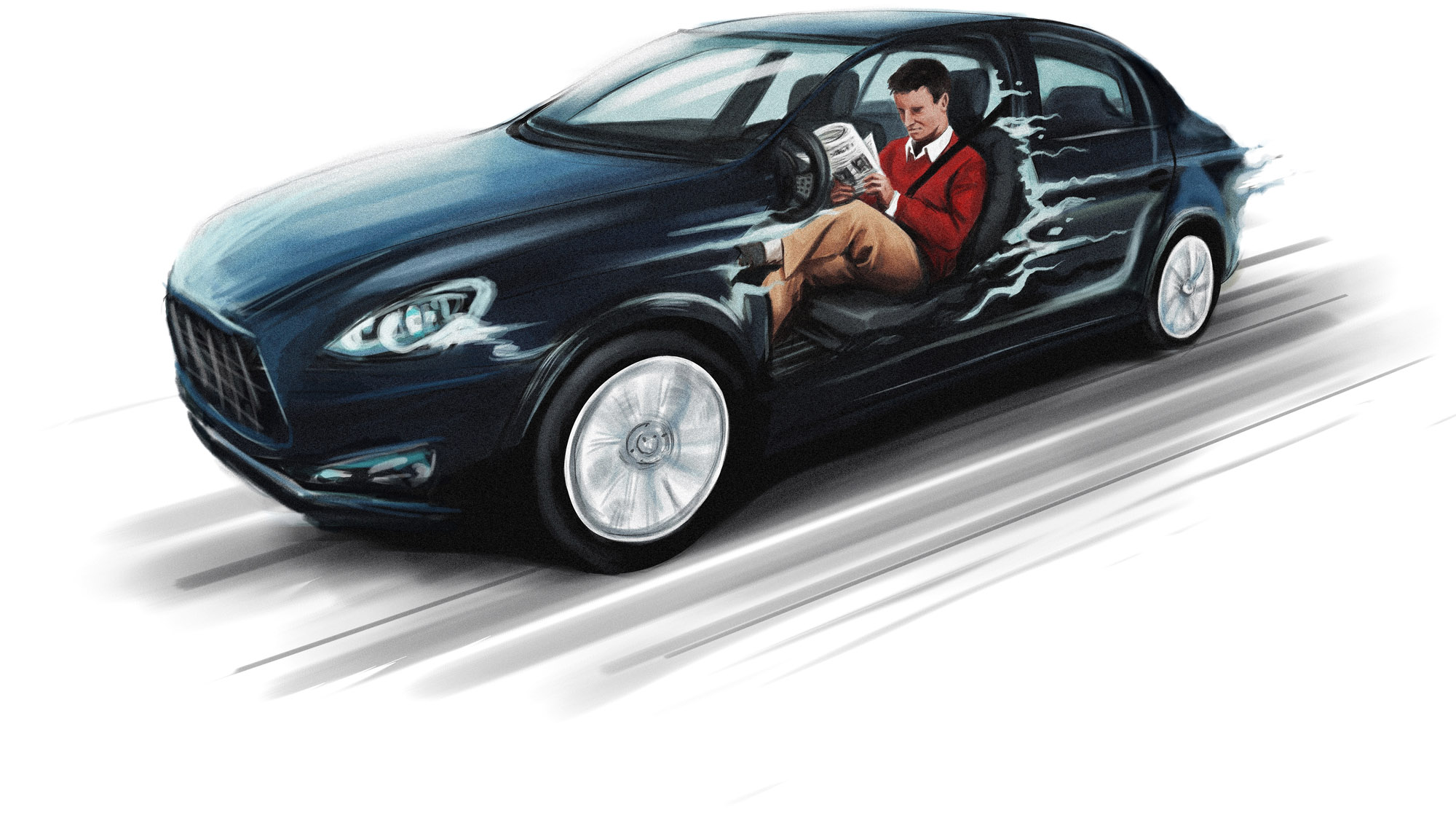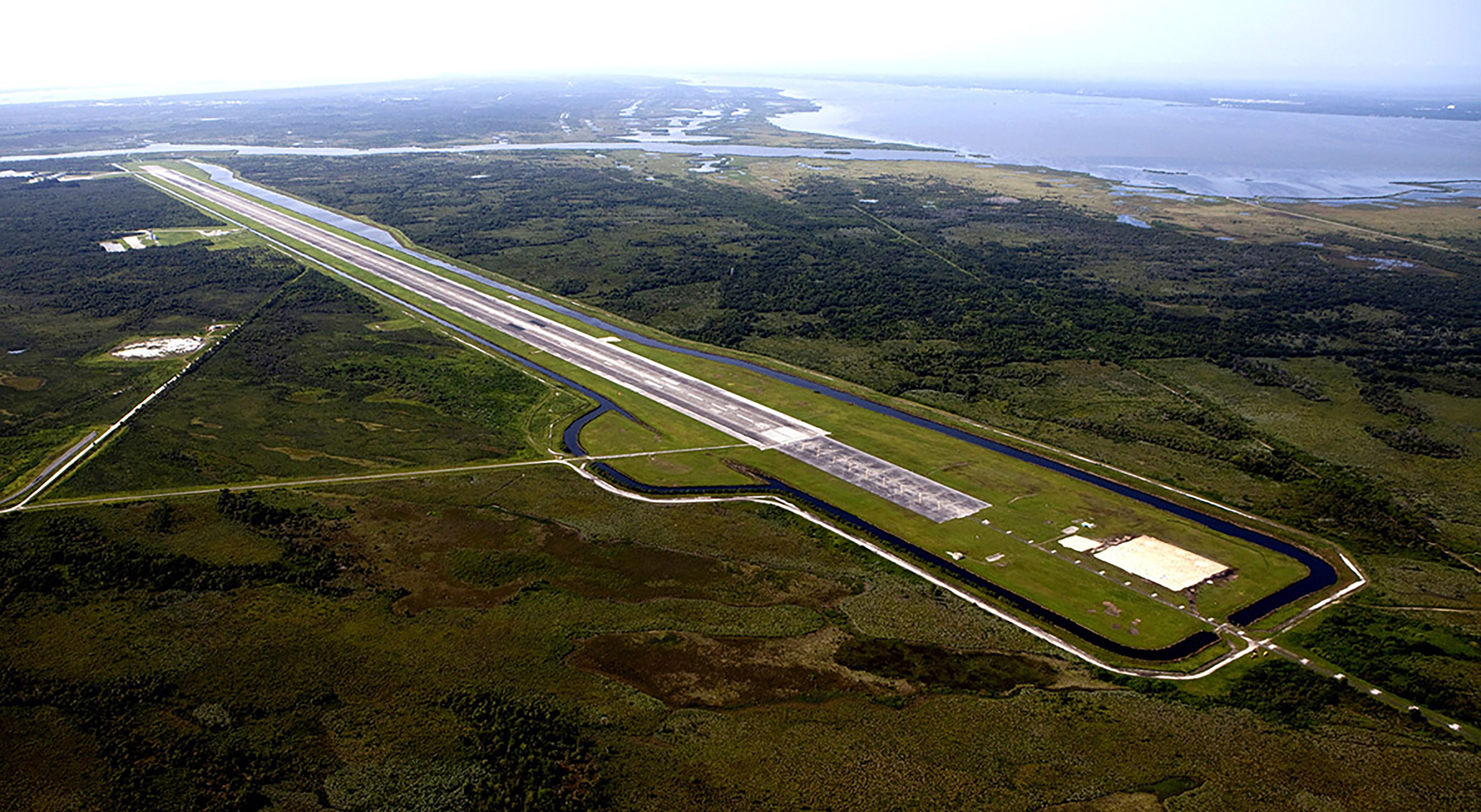NASA Helps Steer Effort to Create Self-Driving Cars

NASA engineers have joined the effort to develop fully autonomous cars that will not only benefit drivers on Earth, but also improve the technology used for robotic vehicles surveying the surface of the moon, Mars and other bodies in the solar system.
The Central Florida Automated Vehicle Partnership formed last year in response to the U.S. Department of Transportation's request for proposals for a pilot program to perfect the technology behind self-driving cars.
As part of the partnership, NASA may offer its 15,000-foot-long (4,600 meter) and 300-foot-wide (100 m) Shuttle Landing Facility runway at the Kennedy Space Center in Florida for controlled testing of driverless cars, and the partnership can also benefit NASA by developing technology useful for space missions, agency officials said in a statement. Kennedy Space Center also has electric-car-charging stations around its campus. [NASA's Top 10 Innovations (Countdown)]
"We have a broad range of capabilities," Amy Houts Gilfriche, a NASA Partnership Development manager in Center Planning and Development, said in the statement. "If we can contribute to developing new, cutting-edge technology of the future, we want to help."
Developing advanced transportation technologies has vast safety implications, as many car crashes result from distracted or fatigued drivers.

Engineers with the Kennedy Space Center's Swamp Works team recently tested the functionality of possible autonomous vehicle sensors and how the instruments may be compromised under extreme environmental conditions, according to the statement.
"Robots are only as good as the sensor inputs they receive," Rob Mueller, a senior technologist with Kennedy's Exploration Research and Technology Programs, said in the statement. "Just as a blind person would have trouble driving, so will a robot with impaired sensors."
Get the Space.com Newsletter
Breaking space news, the latest updates on rocket launches, skywatching events and more!
Several environmental factors, such as low-angle lighting at sunrise or sunset, glare from oncoming headlights, fog, dust, heavy rain or nearby technological interference, could impair sensors on autonomous vehicles, making it difficult for them to analyze and navigate their surroundings without a driver, NASA officials said.
"The Swamp Works lab specializes in prototyping, research and developing equipment in extreme environments," Mueller said in the statement. "Lessons learned from terrestrial extreme environments also can be applied to robots operating on the surface of the moon, Mars or other bodies in the solar system."
Follow Samantha Mathewson @Sam_Ashley13. Follow us @Spacedotcom, Facebook and Google+. Original article on Space.com.
Join our Space Forums to keep talking space on the latest missions, night sky and more! And if you have a news tip, correction or comment, let us know at: community@space.com.

Samantha Mathewson joined Space.com as an intern in the summer of 2016. She received a B.A. in Journalism and Environmental Science at the University of New Haven, in Connecticut. Previously, her work has been published in Nature World News. When not writing or reading about science, Samantha enjoys traveling to new places and taking photos! You can follow her on Twitter @Sam_Ashley13.









